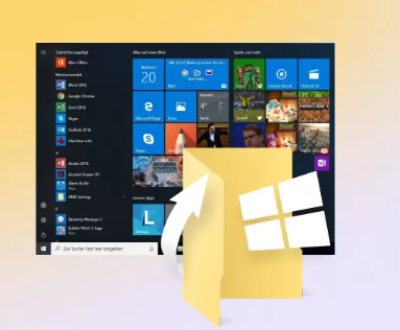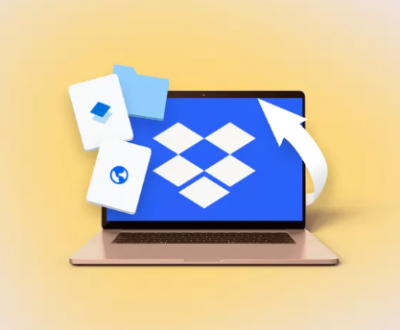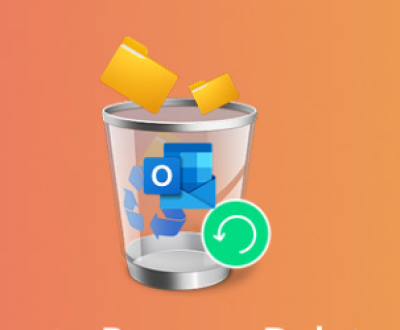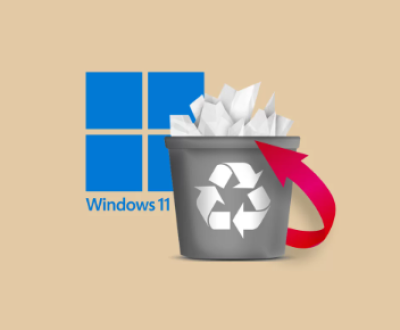Formatting a USB drive is a common task that prepares it for use with a computer by setting up a file system. Whether you need to clear old data, change the file system, or fix errors, formatting can be a useful solution. Windows 11. the latest version of Microsoft’s operating system, offers several methods for formatting a USB drive.
Prerequisites
Before formatting your USB drive, consider the following:
Backup Data: Formatting a drive will erase all data on it. Ensure that you have backed up any important files stored on the USB drive.
Check USB Drive Capacity: Ensure that your USB drive has sufficient capacity for your needs. The formatting process will not change the physical capacity of the drive but can affect how it is partitioned and formatted.
Understand File Systems: Familiarize yourself with different file systems like FAT32. NTFS, and exFAT. Each has its advantages and limitations, which will be discussed later.
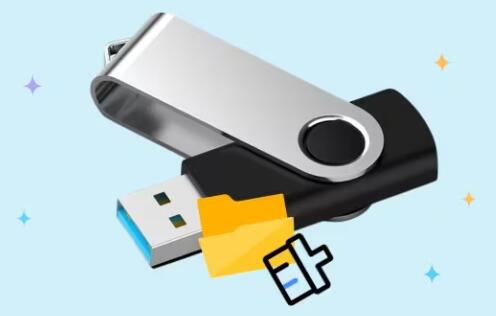
Methods for Formatting a USB Drive
Windows 11 provides several methods for formatting a USB drive. We will cover the following methods:
Using File Explorer
Using Disk Management
Using Command Prompt
Method 1: Using File Explorer
Step 1: Connect the USB Drive
Insert the USB drive into an available USB port on your computer.
Step 2: Open File Explorer
Click the File Explorer icon on the taskbar or press Windows + E on your keyboard.
Step 3: Locate the USB Drive
In File Explorer, find the USB drive under “This PC” or “Devices and drives.” It will typically be labeled with its storage capacity.
Step 4: Right-Click the USB Drive
Right-click on the USB drive and select “Format” from the context menu. This will open the Format window.
Step 5: Choose Format Settings
Capacity: Ensure the correct drive is selected.
File System: Choose the file system you want to use. Common options are:
FAT32: Compatible with most devices but has a 4GB file size limit.
NTFS: Supports larger file sizes and is ideal for Windows systems but may not be compatible with all devices.
exFAT: Suitable for large files and cross-platform compatibility (e.g., between Windows and macOS).
Allocation Unit Size: The default value is usually fine. It determines the size of clusters on the drive.
Volume Label: Enter a name for the USB drive.
Quick Format: Check this option to format the drive quickly without scanning for bad sectors. Uncheck if you want to perform a full format, which checks for errors but takes longer.
Step 6: Start Formatting
Click the “Start” button to begin the formatting process. A warning message will appear, informing you that all data on the drive will be erased. Confirm to proceed.
Step 7: Complete the Process
Wait for the process to complete. Once done, the USB drive will be formatted and ready for use.
Method 2: Using Disk Management
Step 1: Open Disk Management
Right-click the Start button and select “Disk Management” from the context menu. Alternatively, you can press Windows + X and then choose “Disk Management.”
Step 2: Locate the USB Drive
In Disk Management, find your USB drive. It will be listed along with other drives and partitions. Ensure you select the correct drive.
Step 3: Right-Click the USB Drive
Right-click on the USB drive’s partition and select “Format” from the context menu.
Step 4: Choose Format Settings
Volume Label: Enter a name for the drive.
File System: Select the desired file system (FAT32. NTFS, or exFAT).
Allocation Unit Size: The default value is typically sufficient.
Perform a Quick Format: Choose whether to perform a quick format or a full format.
Step 5: Start Formatting
Click “OK” to start the formatting process. Confirm any warnings about data loss.
Step 6: Complete the Process
Once the formatting is complete, the USB drive will be ready for use.
Method 3: Using Command Prompt
Step 1: Open Command Prompt
Type cmd in the search bar, right-click “Command Prompt,” and select “Run as administrator.”
Step 2: Start Diskpart Utility
In the Command Prompt window, type diskpart and press Enter. This will launch the Diskpart utility.
Step 3: List Disks
Type list disk and press Enter. This will display a list of all connected drives.
Step 4: Select the USB Drive
Identify your USB drive from the list and type select disk X, where X is the number of your USB drive. Press Enter.
Step 5: Clean the USB Drive
Type clean and press Enter. This command will remove all partitions and data from the drive.
Step 6: Create a New Partition
Type create partition primary and press Enter to create a new partition on the USB drive.
Step 7: Format the Partition
Type format fs=ntfs quick (or replace ntfs with exfat or fat32 if preferred) and press Enter. This will format the partition using the specified file system.
Step 8: Assign a Drive Letter
Type assign letter=X, where X is the drive letter you want to assign to the USB drive. Press Enter.
Step 9: Exit Diskpart
Type exit and press Enter to close Diskpart.
Step 10: Close Command Prompt
Type exit and press Enter to close the Command Prompt window.
Post-Formatting Considerations
Verify the Format: After formatting, check the USB drive to ensure it appears with the correct file system and capacity in File Explorer.
Test the USB Drive: Copy a few files to the USB drive and test its performance to ensure it’s working correctly.
Safely Eject the Drive: Always eject the USB drive safely by right-clicking on its icon in the system tray and selecting “Eject” to avoid data corruption.
Troubleshooting Common Issues
Drive Not Showing Up: If the USB drive doesn’t appear, check the physical connection and ensure it’s properly inserted. Try a different USB port or another computer.
Errors During Formatting: If you encounter errors, try using Disk Management or Command Prompt to format the drive. In some cases, a full format may resolve issues that a quick format does not.
File System Compatibility: Ensure the file system you choose is compatible with the devices you plan to use the USB drive with. For example, FAT32 is widely compatible but has file size limitations.
About us and this blog
Panda Assistant is built on the latest data recovery algorithms, ensuring that no file is too damaged, too lost, or too corrupted to be recovered.
Request a free quote
We believe that data recovery shouldn’t be a daunting task. That’s why we’ve designed Panda Assistant to be as easy to use as it is powerful. With a few clicks, you can initiate a scan, preview recoverable files, and restore your data all within a matter of minutes.

 Try lt Free
Try lt Free Recovery success rate of up to
Recovery success rate of up to


